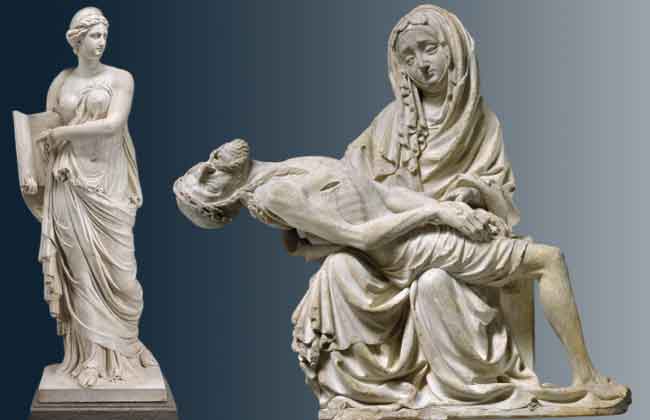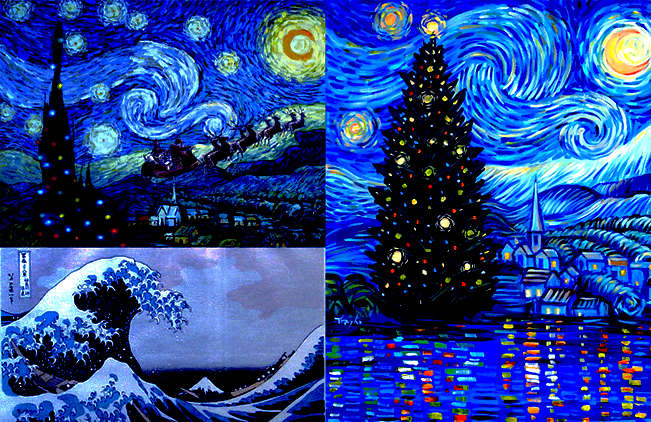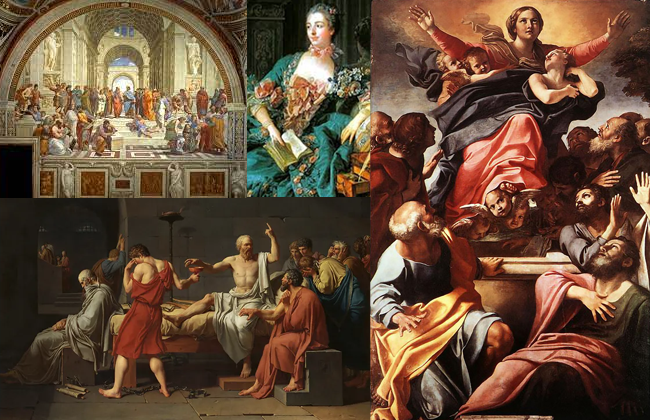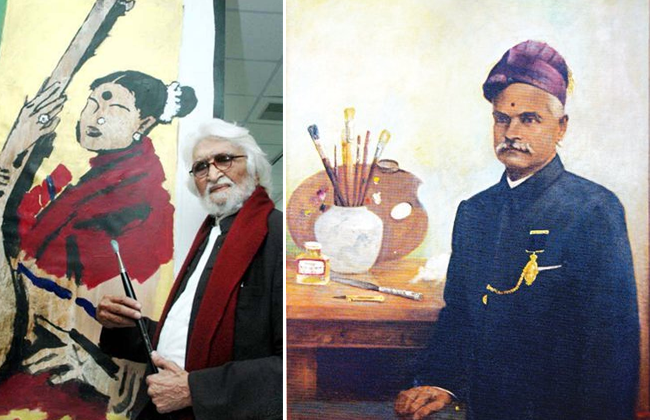Sculpture: Sculpture is one of the oldest and most enduring forms of art, dating back to prehistoric times. It involves the creation of three-dimensional objects, typically out of materials such as stone, metal, wood, and clay. Sculpture can range in size from small figurines to large public monuments, and can be found in a variety of contexts, from religious and ceremonial settings to public spaces and museums.
The process of creating sculpture can be highly technical and labor-intensive, requiring a range of skills such as drawing, modeling, carving, casting, welding, and forging. Sculptors must also have a keen eye for form, proportion, and composition, as well as an understanding of materials and their properties.
One of the most important aspects of sculpture is its ability to convey meaning and emotion. Sculptors use their work to explore a wide range of themes and ideas, from the beauty of the natural world to the complexities of human experience. Sculpture can also serve as a powerful means of social and political commentary, with many artists using their work to address issues such as inequality, injustice, and environmental degradation.
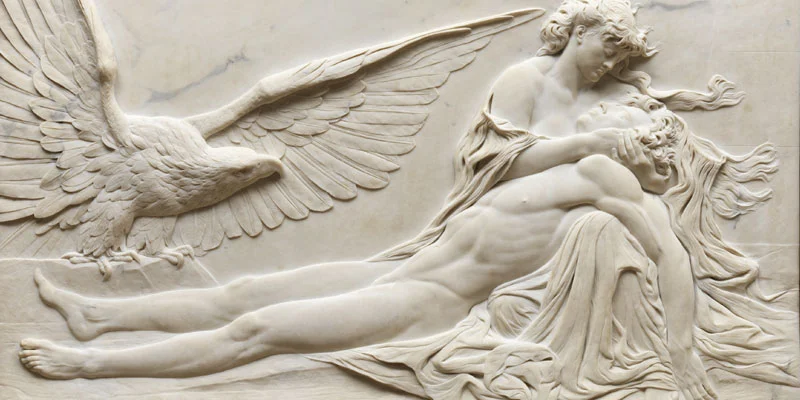
One of the earliest forms of sculpture was the creation of small figurines and other objects out of clay, stone, bone, and other natural materials. These objects were often used in religious and ceremonial contexts, and were intended to represent deities, ancestors, and other important figures. Over time, the art of sculpture evolved to include larger and more complex works, such as public monuments, portrait busts, and abstract sculptures.
One of the most important periods in the history of sculpture was the Renaissance, a time of great cultural and artistic development in Europe. During this time, artists such as Michelangelo, Donatello, and Bernini created some of the most iconic and influential works in the history of sculpture, including the Pieta, David, and the Ecstasy of St. Teresa. These works reflected a new emphasis on realism and humanism, with sculptors striving to capture the beauty and complexity of the human form.
In the modern era, sculpture has continued to evolve and develop, with artists exploring new materials, techniques, and themes. Some sculptors have turned to non-traditional materials such as plastics, glass, and even found objects, while others have experimented with new forms such as kinetic and interactive sculpture. Many contemporary sculptors also draw inspiration from a wide range of sources, including popular culture, science, and technology.
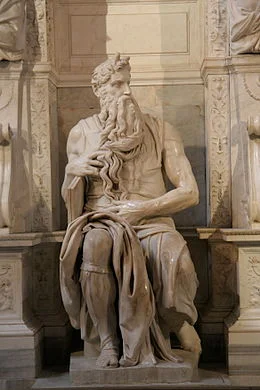
One of the most significant trends in contemporary sculpture is the move towards public and site-specific works. Many sculptors are now creating large-scale works that are intended to be displayed in public spaces, such as parks, plazas, and urban environments. These works often engage with their surroundings in innovative and thought-provoking ways, and can serve as a means of social and political commentary.
Another important trend in contemporary sculpture is the use of digital technologies. Many sculptors are now using computer-aided design and manufacturing (CAD/CAM) software to create highly precise and complex forms, which can then be realized using a range of materials and techniques. This has opened up new possibilities for sculptors, allowing them to create works that would have been impossible to produce using traditional methods.
Despite the many challenges facing sculptors today, the art form continues to thrive and evolve. Sculpture remains a powerful means of expression, capable of conveying a wide range of emotions, ideas, and perspectives. As we continue to explore new materials, techniques, and themes, we can look forward to a future filled with even more exciting and innovative works of sculpture.
Read Also: Leonardo Da Vinci
![]()

